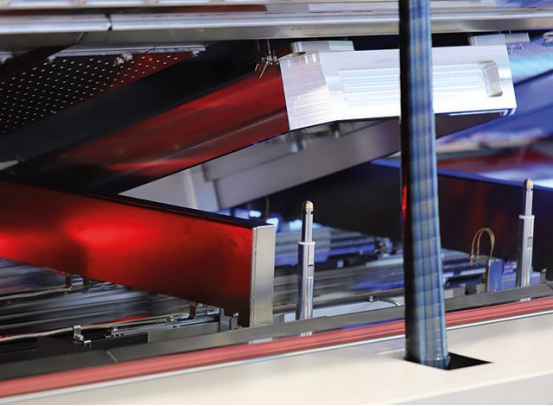The role of oxygen in reflow soldering process
Release time:2023-12-07Publisher:Jeenoce
With the development of many electronic products towards small, light, and high-density directions, especially the widespread use of handheld devices, the existing component material technology T technology is facing severe challenges, thus obtaining opportunities for rapid development. The pitch of the lC pins has developed to 0.5mm, 0.4mm, and 0.3mm, BGA has been widely used, and CSP has also emerged, showing a rapid upward trend. Widely used in non cleaning materials and low residue solder paste. All of these have put forward new requirements for the reflow soldering process. The trend is for reflow soldering to adopt more advanced heat transfer methods, which are energy-saving and uniform, suitable for the welding requirements of double-sided PCB and new equipment packaging methods, and gradually achieve comprehensive replacement of peak soldering. Generally speaking, reflow soldering furnaces are developing towards high efficiency, multifunctionality, and intelligence.

Reflow soldering technology is not unfamiliar in the field of electronic manufacturing. The components on various boards used in our computers are soldered onto circuit boards through this process. There is a heating circuit inside the device that heats air or nitrogen to a sufficiently high temperature, and then blows it onto the circuit board where the components are pasted, causing the solder on both sides of the components to melt and bond with the motherboard. The advantage of this process is that the temperature is easy to control, oxidation can be avoided during the welding process, and manufacturing costs are easier to control.
Inert gas protection can also avoid oxidation during the welding process. This method has been used for a long time and has been widely applied. Due to price considerations, nitrogen protection is generally chosen. In order to ensure the welding quality of electronic products under high temperature conditions, it is necessary to strictly control the oxygen content in reflow soldering and peak soldering equipment. This requires full coverage of oxygen sensors from air (20.95%) to low oxygen concentration environments (around 5ppm) to monitor the oxygen content in the furnace, improve the process flow, and enhance product quality.
The fluorescent trace oxygen module can operate at any oxygen concentration without damaging the sensor. High precision and high-resolution sensors can reach up to 1PPM. Traditional electrochemistry is not easy to preserve, and excessive use of zirconia can damage it. The oxygen concentration in reflow soldering needs to be reduced from a constant of 20% to 5 PPM fluorescence trace oxygen module, which is beneficial for both sides.

